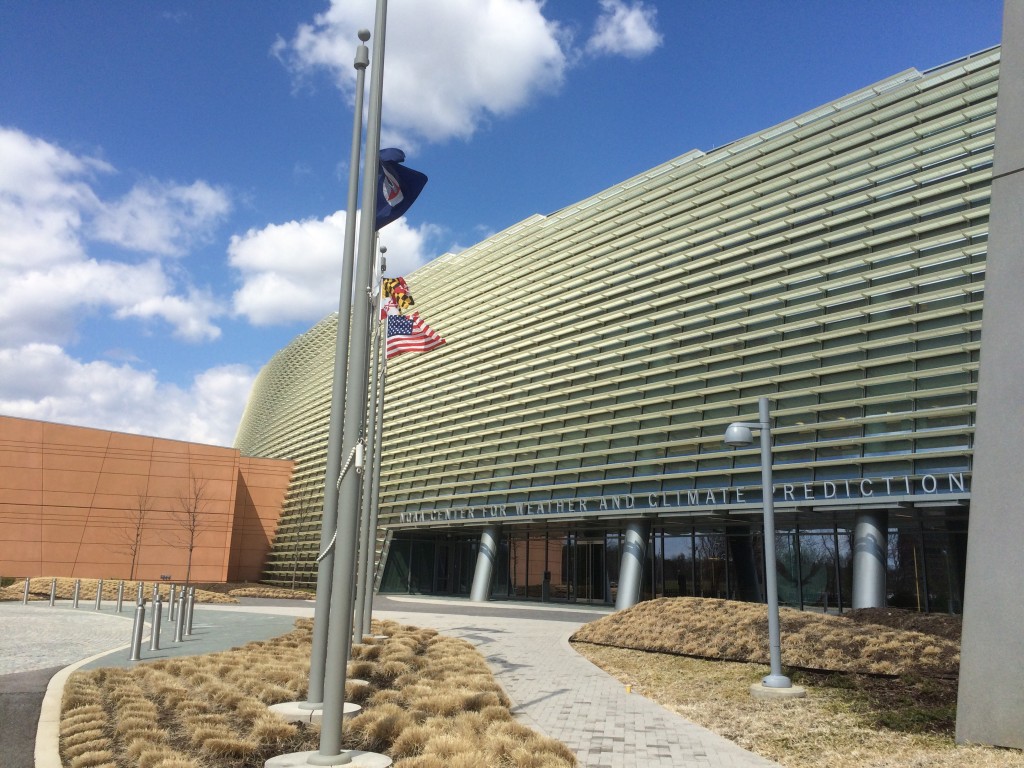On Thursday, January 14, 2016, the STORM team presented several talks during the Second Symposium on High Performance Computing for Weather, Water, and Climate at the American Meteorological Society 96th Annual Meeting.
Click on the links below to watch the recorded presentations:
Jason Fleming: ADCIRC Surge Guidance System in Real Time For Hurricane Planning and Response
Joannes Westerink: Rationale for Large Domain High Resolution Unstructured Grids to Simulate Coastal Hydrodynamic Processes
Clint Dawson: High Order Numerical Methods for Geophysical Fluid Flows on HPC Architectures
Hartmut Kaiser: Using New Programming Models to Improve the Scalability and Performance of Near Real-time High Resolution Coastal Modeling
Carola Kaiser: CERA – An Interactive ADCIRC Storm Surge and Wave Visualization Framework






